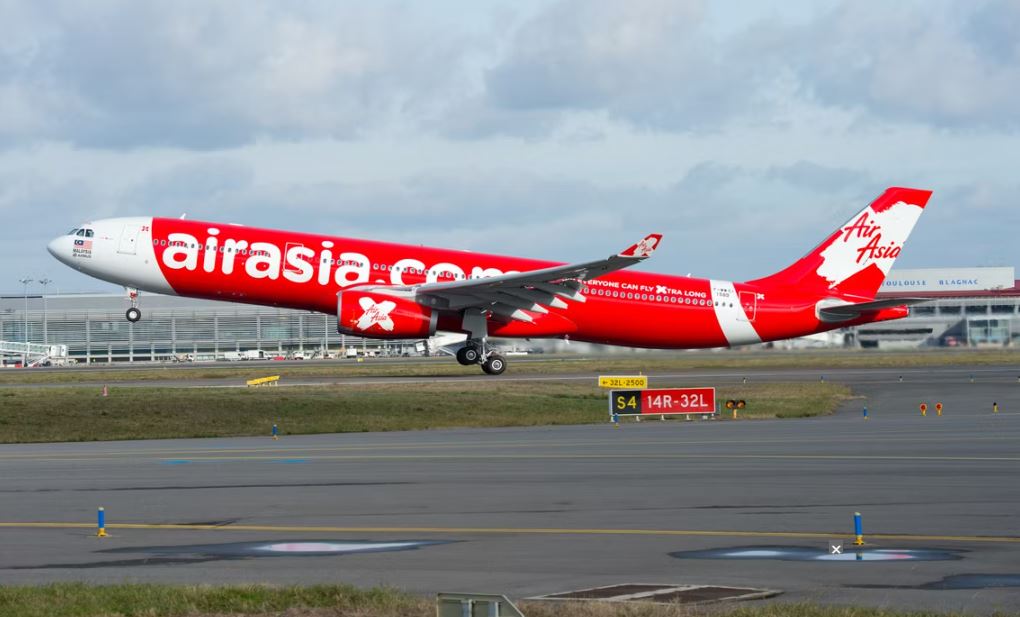Hopefully, other Asia-Pacific airlines will soon adopt AirAsia X’s strategy of increasing capacity and selling more tickets.
With its own first-quarter results, AirAsia X has continued the trend started by AirAsia, which announced a good opening to 2023. In comparison to the last quarter of 2022, AirAsia X’s passenger numbers rose by almost 50% in the first three months of this year (1Q23).

AirAsia X Berhad (AAX) disclosed its operational data for the first quarter of 2023 on Friday. The low-cost, medium-to-long-haul airline delivered an amazing set of figures, which were fueled by the relaxation of COVID-19 restrictions, the demand for travel during the spring travel season, and the new year’s celebrations in Asia.Soon after the modifications were announced, AAX added more seat capacity to get ahead of the demand curve and quickly capitalized on the reopening of travel in Mainland China. However, AAX has been much more daring and is now reaping the benefits of its aggressive approach to rebuilding back towards full COVID-recovery. The trend in Asia has been more cautiously adding seats when demand surfaces.
In comparison to the 337,638 passengers it carried in the final three months of 2022, AirAsia X Malaysia carried 504,476 passengers between January and March. It’s important to note that the airline referred to the October to December 2022 quarter as the sixth quarter of 2022, but happily this year will just have the usual four quarters.
If you build it, they will come.

In this environment of strong demand and outrageous charges, AAX is an excellent example and demonstrates that if you expand capacity at competitive prices, people will seize the opportunity to purchase tickets. As available seat kilometers (ASKs) soared by 71% to 2,899 million in 1Q23, the low-cost carrier increased seat capacity by 47% quarter-over-quarter to 630,069 seats.
Despite having so much extra capacity, AAX nonetheless produced a respectable passenger load ratio of 80%, which is nearly unchanged from the 79% it produced in the first half of 2022. At the end of the first quarter, the airline was operating nine of its fourteen Airbus A330s and had completed 1,721 flights with an average stage length of 4,623 kilometers (2,873 miles).AAX claimed that the expansion was the result of reactivating aircraft and increasing frequencies throughout the core network; perhaps, other Asia-Pacific airlines will soon learn this lesson. In addition, it reopened more popular routes like those to Osaka, Busan, and Shanghai and increased the frequency of flights to Tokyo to seven times per week. With load factors close to 90%, Delhi and Tokyo were among the ports that performed the best.
The recent reopening of China has “highly encouraged” AAX, which expressed plans to strive for additional expansion, and it anticipates launching more flights there as well as increasing frequency on its most lucrative routes. A further warning from AAX stated that it is “considering the addition of even more destinations and countries within its network in the short to medium term.”
The same thing happened on AirAsia X Thailand.
At AirAsia X Thailand (TAAX), an affiliate of AAX, the first quarter’s strategy and performance were comparable. The low-cost airline, based in Thailand, carried 289,813 passengers in the first quarter of 2023, up 29% from the 224,536 in the last quarter of 2022. In 1Q, it increased capacity by 33%, added 81,236 additional seats, and kept the load factor at 88%.
By operating 889 flights with an average distance of 4,856 kilometers (3,017 miles), TAAX increased ASKs from 1,141 million in the final three months of 2022 to 1,601 million. AirAsia X Thailand was using five of its eight Airbus A330s as of the end of March, though this may alter this quarter as the Bangkok to Shanghai service resumes.




